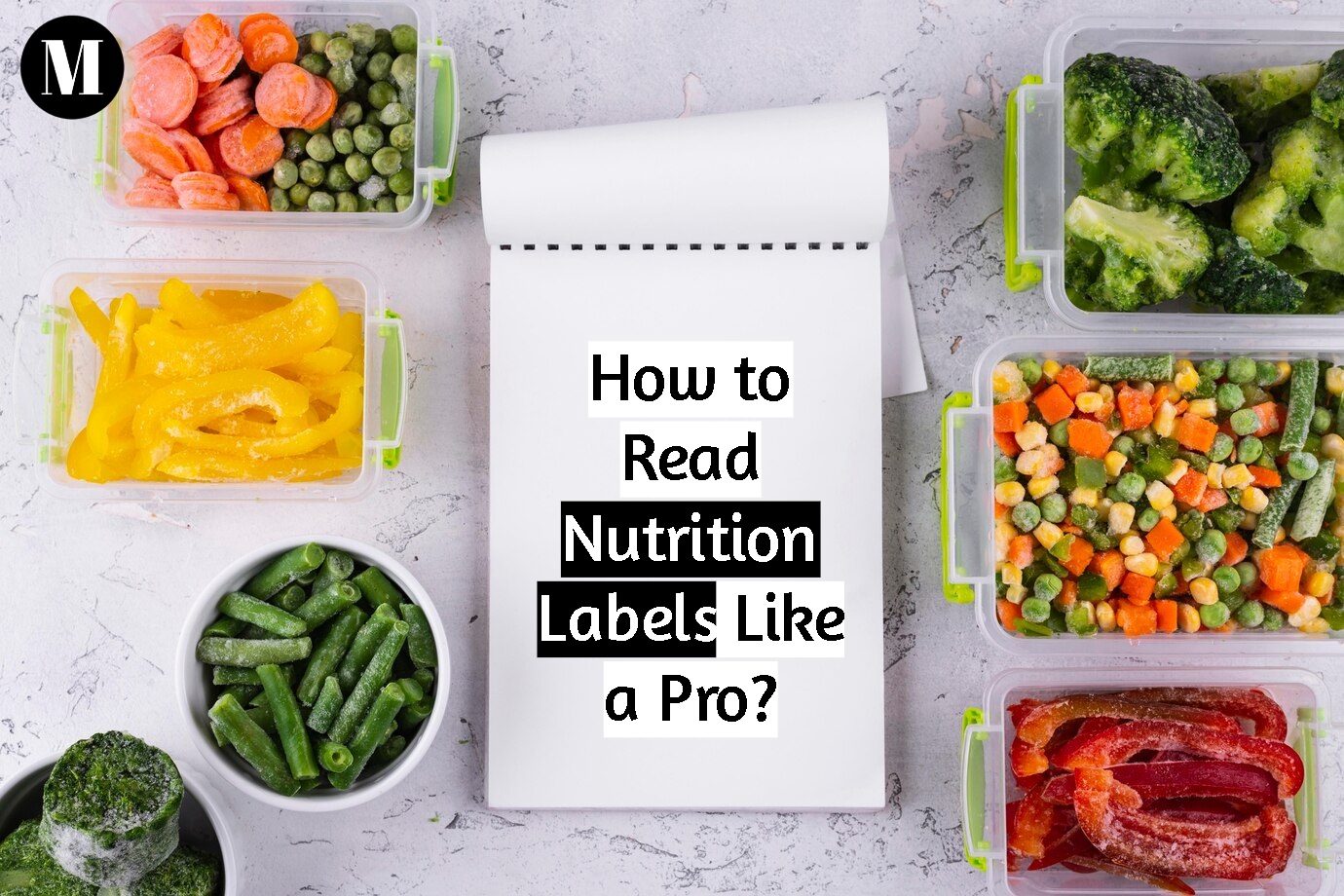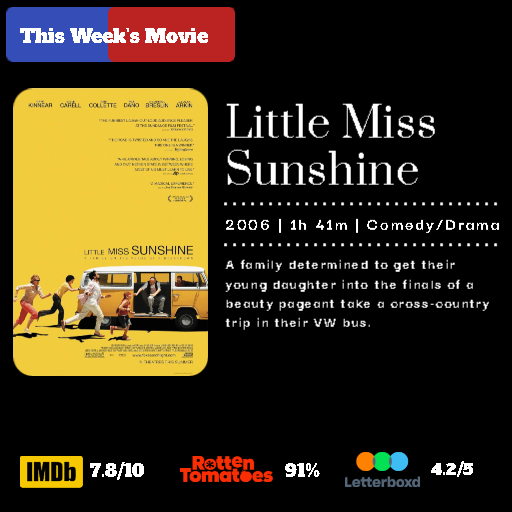Nutrition labels can be a powerful tool when it comes to making healthy food choices, but they can also be overwhelming. With so much information packed into a small space, it’s easy to get lost or confused. Understanding how to read these labels properly is essential for making informed decisions about what you’re putting into your body.
This guide will walk you through the key components of a nutrition label and teach you how to read them like a pro.
The Importance of Nutrition Labels
Nutrition labels provide important details about the nutritional content of packaged foods, helping you to choose healthier options and better manage your diet. By learning how to interpret this information, you can make smarter food choices that align with your health goals, whether you’re looking to lose weight, gain muscle, or simply eat better.
However, many people overlook the labels or don’t fully understand them. Understanding how to read a nutrition label can make a significant difference in your overall health and well-being.
Serving Size: The Foundation of the Label
The first and most important piece of information on any nutrition label is the serving size. This is the amount of food that the nutrition information is based on.
Pay attention to the serving size, as it can vary between different products. For example, a snack bag of chips may list a serving size as one ounce, while a larger family-sized bag might list a serving size as three ounces. If you eat more than one serving, you’ll need to multiply the other values (such as calories and fat) accordingly.
Calories: How Much Energy You’re Getting
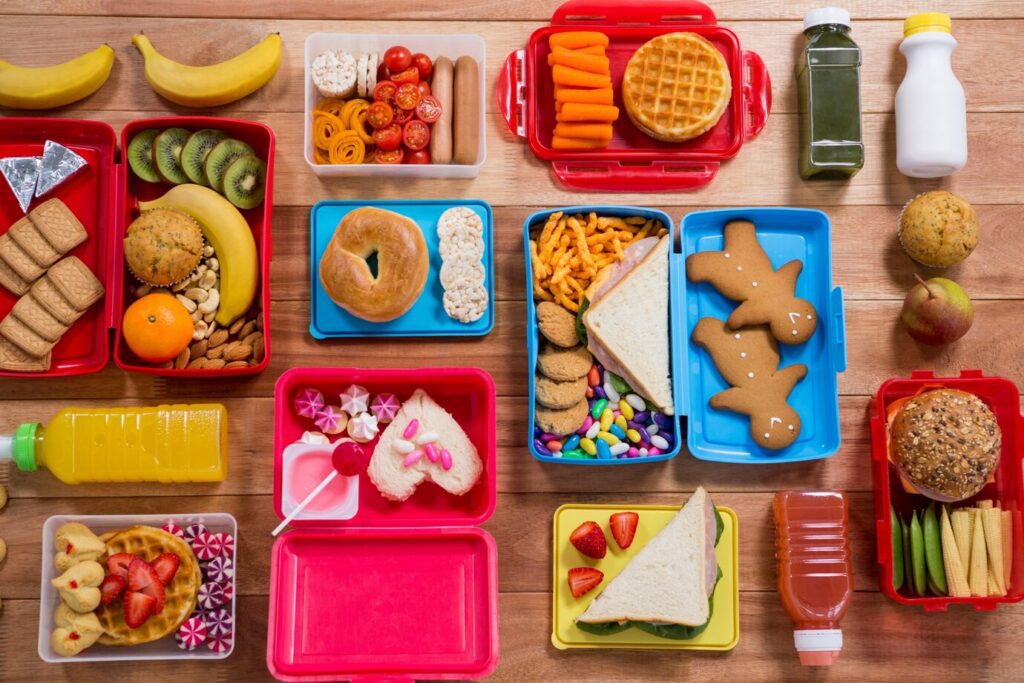
Next, the label will show you the calories per serving. This number tells you how much energy the food will provide your body. If you’re trying to manage your weight or maintain your energy levels, it’s essential to pay attention to the calorie content of the foods you consume.
Keep in mind that the number of calories listed is per serving, not per package. So if you’re eating more than one serving, you’ll need to multiply the calories accordingly.
Nutrients: Understanding Macronutrients
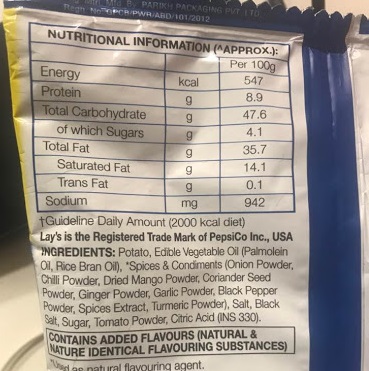
The next section of the label breaks down the macronutrients: fats, carbohydrates, and protein. Here’s a quick rundown of what to look for:
- Fats: Check the type of fat in the product. Ideally, you want to limit saturated fats and avoid trans fats. Unsaturated fats, like those found in nuts and seeds, are healthier.
- Carbohydrates: Carbs are the body’s primary source of energy. Be mindful of the total carbs listed, and check the fiber and sugar content. Foods high in fiber are better for digestion and help you feel fuller longer. Limit added sugars, which can contribute to weight gain and other health issues.
- Protein: Protein is essential for muscle repair and growth. The amount of protein in a food can vary depending on the product. If you’re trying to build muscle or stay fuller for longer, look for foods with higher protein content.
Micronutrients: Vitamins and Minerals
While macronutrients provide energy, micronutrients like vitamins and minerals are essential for your body’s overall function. The nutrition label will show you the percentage of the daily value (DV) for various micronutrients, such as vitamin A, vitamin C, calcium, and iron.
A good rule of thumb is that 5% DV or less is considered low, while 20% DV or more is high. For example, if a food item contains 20% DV of calcium, it provides 20% of the recommended daily intake of calcium.
Percent Daily Value (%DV): Understanding the Big Picture
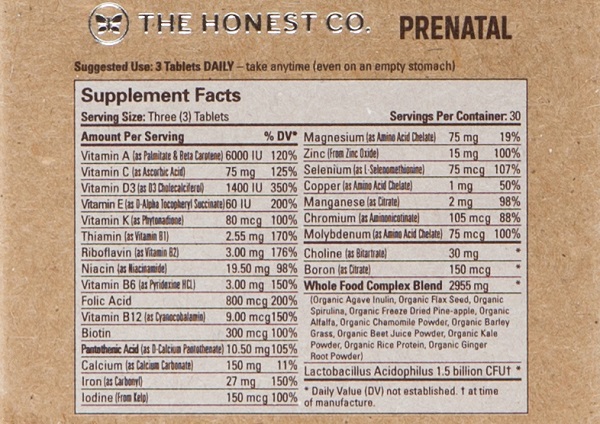
The Percent Daily Value (%DV) tells you how much a nutrient in a serving of food contributes to your total daily diet. This is based on a 2,000-calorie daily intake, which is the standard used for general nutrition advice.
For instance, if a food has 20% DV of fiber, it provides 20% of the fiber you should be eating in a day.
When it comes to nutrients like fat, sugar, and sodium, try to keep the %DV as low as possible. On the other hand, for nutrients like fiber, vitamins, and minerals, higher %DV is a positive sign.
Ingredients List: What’s Really in Your Food
The ingredients list gives you a deeper understanding of what’s in your food. Ingredients are listed in order by weight, so the first few ingredients make up the bulk of the product.
When looking at the ingredients, try to choose foods with fewer processed ingredients and additives. Opt for foods with whole grains, healthy fats, and natural sources of protein. The fewer artificial ingredients, preservatives, and sugars, the better.
Additional Tips for Reading Nutrition Labels
- Watch out for serving sizes: As mentioned earlier, the serving size is key. Pay attention to how many servings are in the package and make sure to adjust the calorie count accordingly.
- Look for “added sugar”: Added sugar is often hidden in processed foods, so check for this on the label. Choose foods that are low in added sugar to help maintain a balanced diet.
- Check sodium levels: Too much sodium can contribute to high blood pressure, so try to choose foods that are lower in sodium.
Learning how to read nutrition labels is an invaluable skill for making healthier food choices. By understanding the key components of a nutrition label such as serving size, calorie count, macronutrients, and ingredients you can make more informed decisions about what you eat.
Whether you’re trying to lose weight, build muscle, or simply eat healthier, paying attention to nutrition labels can help you achieve your health goals. The next time you shop, take a moment to read the labels and become a more mindful consumer.
